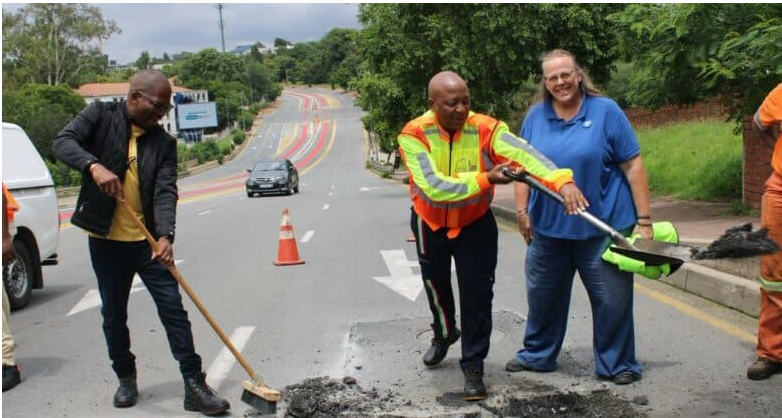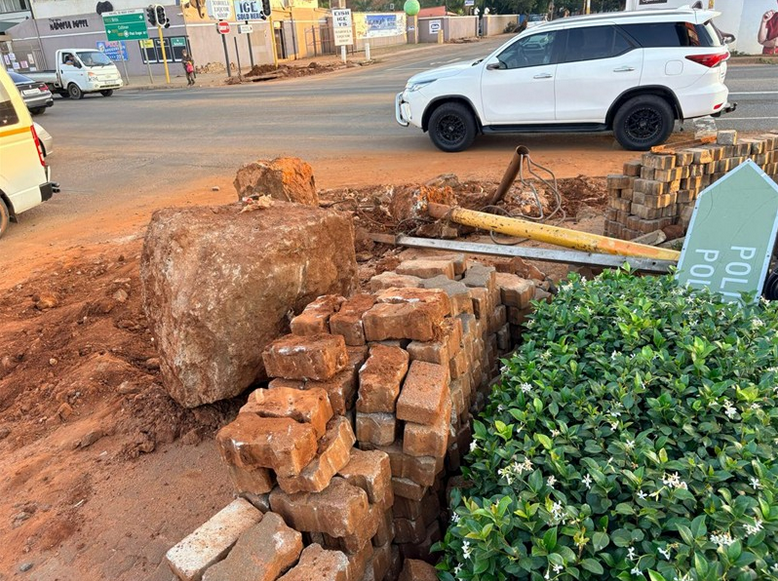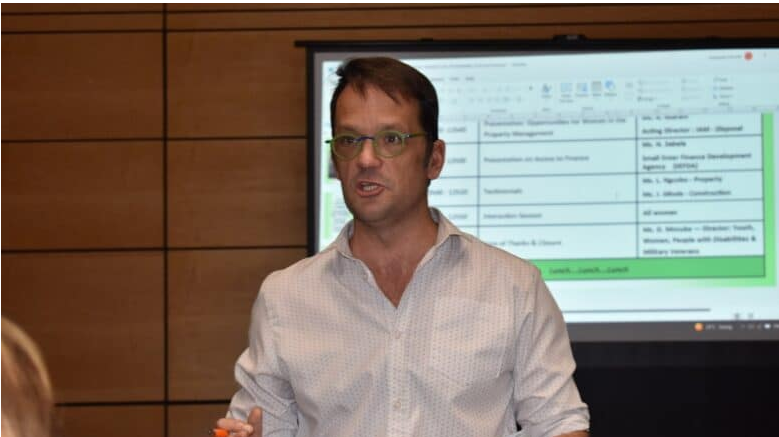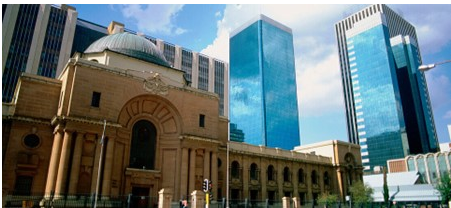Code red at Eskom
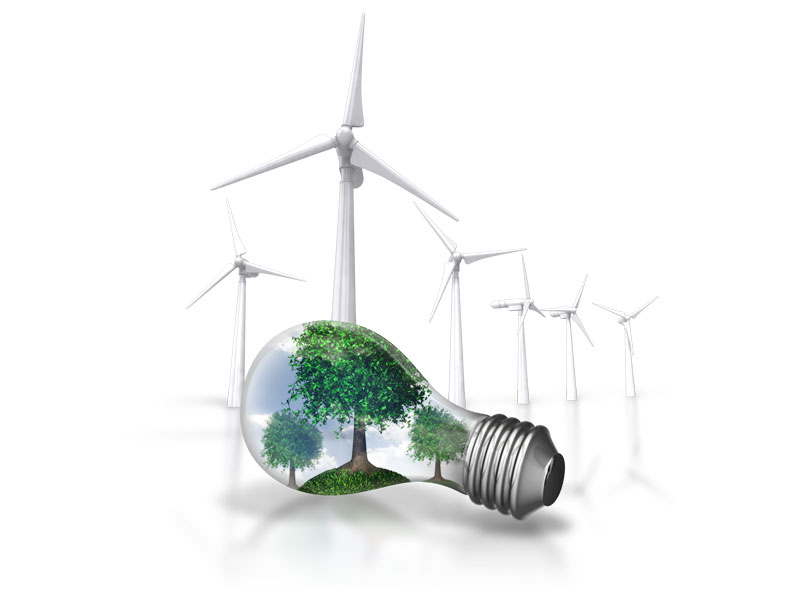
Advertising
18-01-2021
Read : 380 times
My Broadband
Source
Eskom’s latest system status report has shown that there is a high likelihood of load-shedding for the next three months with severe electricity shortages expected.
As part of its system status report, Eskom published its maintenance plan and the “planned risk level” of outages.
As there is the potential for further outages, it also provided a “likely risk scenario” includes an additional 2,000MW of outages on the base plan.
According to Eskom’s three-month outlook, the likely scenario is an average of 16,200MW of outages until April.
Eskom divided its risk level into four categories:
Green – Adequate generation to meet demand and reserves.
Yellow – Smaller than 1,000MW possibly short to meet reserves.
Orange – 1,001MW to 2,000MW definitely short to meet reserves and possibly demand.
Red – Over 2,001MW short to meet demand and reserves.
The outlook between 11 January 2021 and 12 April 2021 shows that the likely risk scenario is in the red every week over this period.
Energy expert Chris Yelland warned that the forecast is only for three months, and that the situation can extend well beyond April.
He added that there is nothing that Eskom is currently doing which will significantly alter the situation which it finds itself in.
“There is nothing Eskom can do other than working hard on maintenance and bringing Medupi and Kusile to completion,” Yelland said.
Professor Anton Eberhard from the University of Cape Town described the situation as “code red for the next three months”.
He added that he does not understand the government’s lack of concern regarding this issue.
“Power cuts will cripple South Africa’s post COVID-19 economic recovery. Load-shedding cannot be the new norm,” he said.
Eberhard said Eskom cannot solve South Africa’s power crisis alone and pleaded for regulatory reform to make it easier for companies and municipalities to generate their own power.
The average age of Eskom’s current power fleet is nearly 40 years, of which 11,000MW is set to be decommissioned by 2030.
With R480 billion in debt, Eskom cannot finance new capacity and the government doesn’t have the money to help.
“South Africa is now reliant on private investment for new power,” Eberhard said.
The government dragging its feet
Minister of mineral resources and energy Gwede Mantashe has been in office for just under two years but has yet to conclude a single government backed contract for new power.
“The IRP mandated 5th round of the Renewable Energy Independent Power Independent Power Project Programme has been stalled since 2015,” Eberhard said.
Instead of implementing the least-cost options in the Integrated Energy Plan, Mantashe has created irrelevant diversions through punting expensive nuclear and coal options which have no chance of solving South Africa’s power crisis in the next decade.
“South Africa’s energy minister has initiated an emergency power programme which was supposed to deliver power in months, but which is now stretching into years,” he said.
Every month of delay in launching a new auction for power as specified in South Africa’s least-cost electricity plan means another month of load-shedding.
According to Eberhard there is huge frustration among electricity users with the regulatory impediments in South Africa’s power sector.
He argues electricity users should have the freedom to invest in their own power solutions amidst the energy crisis in South Africa.
“Minister Mantashe thinks everything is fine, but everything is patently not fine. The lights are going off and we’ll continue to see crippling load-shedding until there are bold regulatory and structural reforms,” Eberhard said.
Yelland echoed Eberhard’s views, saying the government’s planned procurement of new generation capacity is not going to provide alleviation to the shortage within the nest two to three years.
South African households and businesses will therefore have to take responsibility for their own energy futures.
“To do this effectively and quickly, the government needs to reduce the regulatory burden and red tape involved with the registration and licensing of self-generation,” Yelland said.
The government should also remove the restrictions around private power generation being fed back into the grid.
Thirteen years of load-shedding in South Africa
South Africa first experienced load-shedding in November 2007 with rolling blackouts leaving the country in the dark.
The government was quick to promise long-term solutions, which included the construction of two mega coal-fired power stations – Medupi and Kusile.
These two power stations promised enough additional power to solve South Africa’s electricity crisis but delays in completing these stations and design problems dogged these projects.
Medupi and Kusile, which were originally expected to be completed by 2015, are still not completed or operating at capacity.
Yelland said Medupi and Kusile has become the Achilles heel of Eskom.
“They are a big part of the cause of Eskom’s debt which makes the power utility financially unsustainable,” he said.
The ongoing problems and Eskom and delays in bringing Medupi and Kusile online has resulted in continued load-shedding for thirteen years.
Apart from a lull between 2009 and 2012, and then again between 2016 and 2017, South Africa experienced rolling blackouts every year between 2007 and 2021.
What is of particular concern is that load-shedding has been getting worse over the years.
Load-shedding increased both in terms of the number of days and MWh shed over the last few years.
In 2018, for example, South Africa experienced 15 days of load-shedding during which 812,205MWh were shed.
This increased to 36 days and 494,759MWh in 2019 and to 52 days and over 1,260,000MWh in 2020.
The tables below provide an overview of the number of days of load-shedding and the amount of power shed since 2007.
Year Load-shedding (number of days)
2007 13
2008 44
2009 0
2010 0
2011 0
2012 0
2013 3
2014 17
2015 103
2016 0
2017 0
2018 15
2019 30
2020 52
Year Load-shedding (TWh)
2007 0.10
2008 0.77
2009 0.00
2010 0.00
2011 0.00
2012 0.00
2013 0.03
2014 0.29
2015 1.40
2016 0.00
2017 0.00
2018 0.22
2019 1.09
2020 1.27
Recent News
Here are recent news articles from the Building and Construction Industry.
Have you signed up for your free copy yet?
